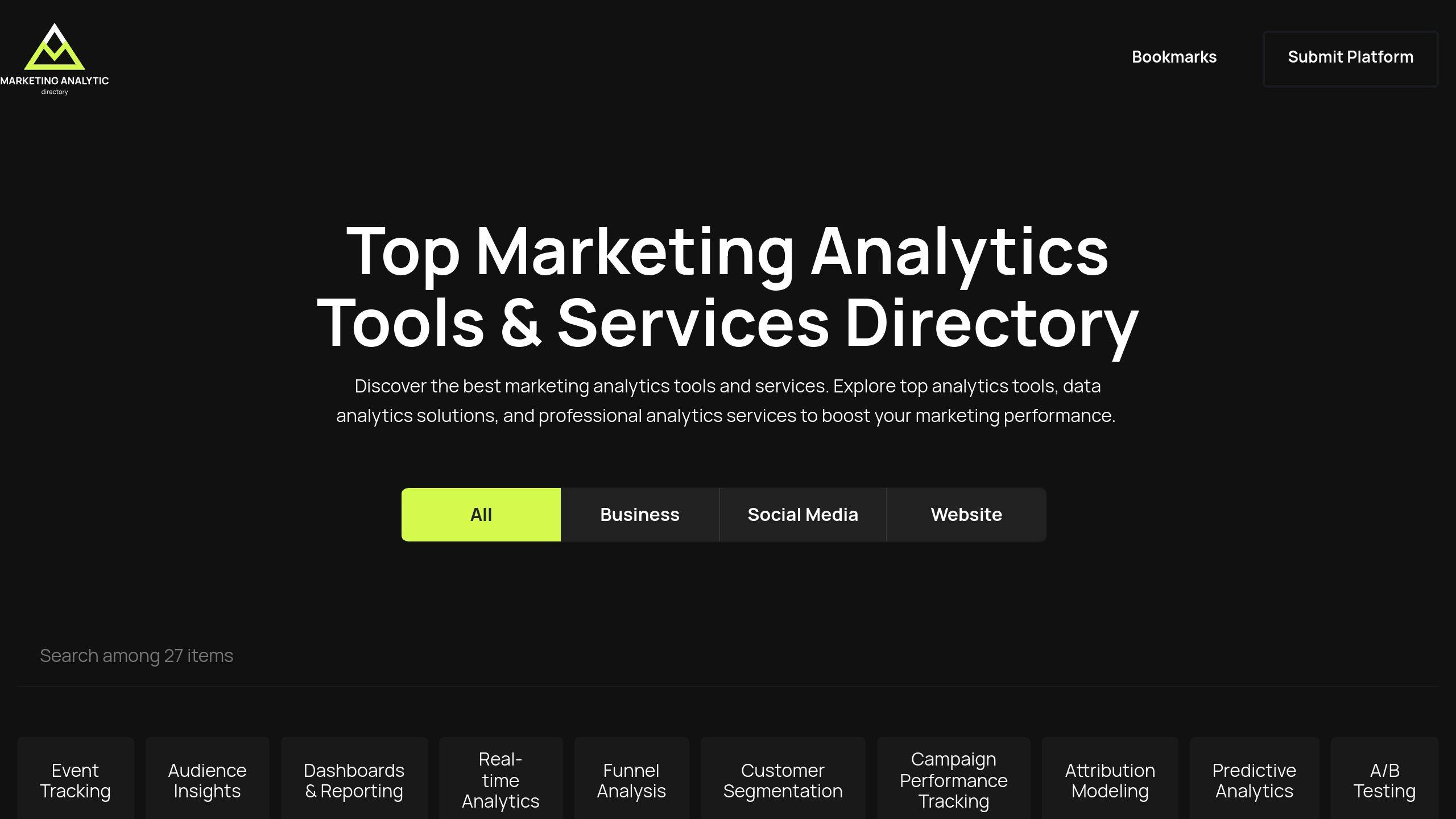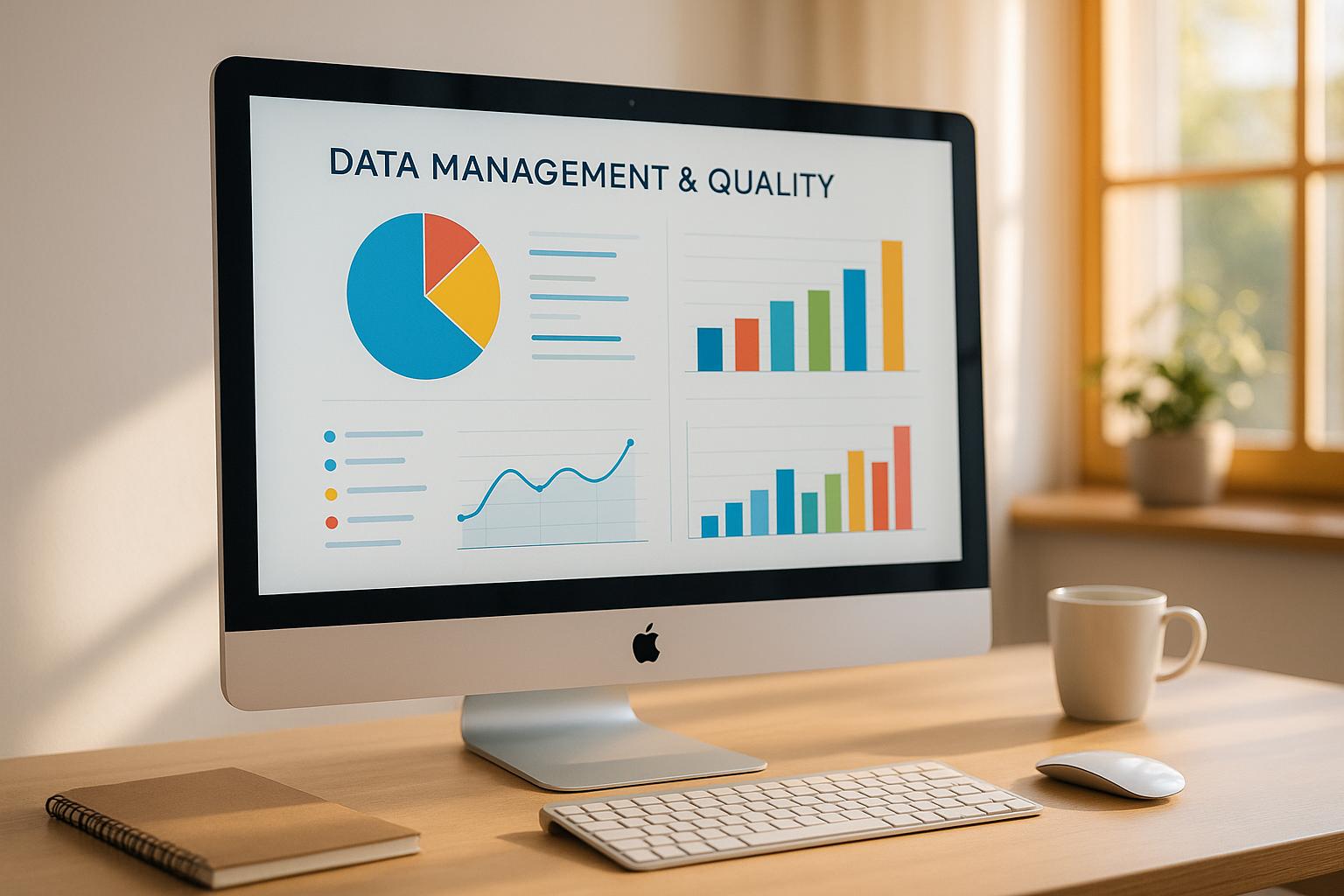Psychographics reveal why customers make decisions by analyzing their personality, values, and interests. Behavioral data shows what actions they take, like purchases or browsing habits. Combining these gives businesses a clearer picture of their audience, helping to create better marketing strategies, improve personalization, and boost customer loyalty.
Key Steps to Combine These Insights:
- Collect Psychographic Data: Use surveys, social media analysis, and questionnaires to understand values, lifestyles, and interests.
- Track Behavioral Data: Use tools like Google Analytics to monitor actions like page views, purchase history, and click-through rates.
- Integrate Data: Use platforms like CDPs or DMPs to merge datasets and apply machine learning to identify patterns.
- Use Insights: Create detailed personas, personalize campaigns, and refine product development based on combined data.
Challenges:
- Ensure ethical data collection with clear consent and compliance with regulations like GDPR.
- Avoid biases by diversifying data sources and regularly auditing methods.
- Maintain data accuracy with cleaning, validation, and real-time updates.
Market Segmentation: Combining Demographic, Geographic, Psychographic and Behavioral Data
Collecting Psychographic and Behavioral Data
Collecting Psychographic Data
Surveys and questionnaires are excellent tools for gathering insights into customer motivations and preferences. Platforms like Qualtrics can help design surveys that focus on areas such as:
- Personal values and beliefs
- Lifestyle choices and habits
- Interests and hobbies
- Shopping preferences and decision-making factors
Social media analysis also plays a role by uncovering real-time interests based on user interactions with content and shared opinions.
Collecting Behavioral Data
Web analytics platforms are essential for tracking user behavior. Key metrics to monitor include:
- Page Views: Helps refine content strategies.
- Time on Site: Offers insights to improve user experience.
- Conversion Paths: Pinpoints areas to improve the sales funnel.
- Click-through Rates: Helps fine-tune campaign outcomes.
Purchase history analysis adds another layer of understanding by identifying trends like:
- Preferred product categories
- Seasonal buying habits
Ethical Data Collection Practices
Building customer trust starts with ethical data collection. Here’s how to stay compliant and transparent:
Key Compliance Steps:
- Obtain clear, explicit consent for data collection.
- Provide detailed and accessible privacy policies.
- Ensure customers can access and manage their data.
Best Practices for Ethical Data Collection:
- Conduct regular audits of data protection measures.
- Train staff on proper data handling procedures.
- Offer simple opt-out options.
- Be transparent about how data is used.
- Regularly update security protocols to prevent breaches.
Integrating Psychographic and Behavioral Data
Using Data Management Platforms (DMPs) and Customer Data Platforms (CDPs)
DMPs and CDPs help organize and merge large datasets, transforming raw data into useful customer segments.
| Platform Type | Primary Function |
|---|---|
| DMP | Combines third-party data for audience segmentation |
| CDP | Centralizes first-party data and manages real-time customer profiles |
For example, Patagonia uses CDPs to align customer purchase behaviors with their values, such as sustainability. This approach helps them create targeted content that connects with their audience [1].
Applying Machine Learning Algorithms
Once datasets are unified using DMPs or CDPs, machine learning steps in to uncover patterns and trends. These algorithms can:
- Predict customer behaviors based on psychographic data.
- Highlight links between customer values and buying habits.
- Automate segmentation for more accurate targeting.
To get the most out of machine learning, focus on three key areas:
- Use clean and well-organized data.
- Select algorithms that match your goals.
- Regularly update models to maintain accuracy.
sbb-itb-5174ba0
Using Combined Insights in Marketing
Creating Detailed Customer Personas
By blending psychographic and behavioral data, businesses can craft more precise customer personas that reveal the "why" behind customer actions.
| Persona Element | Behavioral Data | Psychographic Data |
|---|---|---|
| Purchase Patterns | Transaction history, cart abandonment | Values influencing purchases |
These personas help guide personalized campaign strategies, making outreach more effective.
Personalizing Marketing Campaigns
When insights are combined, marketers can design campaigns that deeply connect with specific audience segments.
"Psychographic marketing allows you to personalize messaging and materials to individual consumers, which can lead to a significant increase in engagement and conversions." - WebFX [1]
But it's not just about marketing. These insights can also reshape product development:
Improving Product Development
Integrated data can help businesses:
- Focus on features aligned with value-driven behaviors, while adhering to ethical data practices.
- Spot gaps in the market by analyzing mismatches between preferences and purchases.
- Develop product positioning that connects emotionally while also delivering on practical needs.
This approach supports customer-focused innovation and ensures products meet both emotional and functional expectations.
Challenges and Best Practices
Addressing Data Privacy and Ethical Concerns
Handling psychographic and behavioral data responsibly is essential, especially with growing concerns about privacy. Organizations need to adopt transparent practices and comply with regulations like GDPR and CCPA.
| Privacy Requirement | How to Implement |
|---|---|
| User Consent | Use clear opt-in forms with detailed explanations about data usage |
| Data Security | Apply encryption for storage and secure protocols for data transfer |
| Access Control | Set up role-based permissions for managing data |
| Transparency | Offer easy-to-read privacy policies and detailed data usage reports |
These steps help build trust with consumers while ensuring data is used responsibly in segmentation strategies.
Avoiding Bias in Data Collection and Analysis
To reduce bias in data practices, it’s crucial to follow a few key strategies:
- Diversify Data Sources: Gather data from a range of channels and demographics to ensure inclusivity.
- Conduct Regular Audits: Review collection methods every quarter to identify potential biases.
- Validate Findings: Compare results across different segments to confirm accuracy and fairness.
These practices help create a more balanced and reliable dataset.
Maintaining Data Quality and Accuracy
Strong data governance is essential for accuracy and consistency. Here's a breakdown of how to achieve it:
| Focus Area | Action Plan | Outcome |
|---|---|---|
| Data Cleaning | Use automated tools for regular cleansing | Minimizes errors |
| Validation | Cross-check data across channels | Improves reliability |
| Updates | Enable real-time synchronization | Keeps information current |
Additional measures include:
- Standardized Formats: Ensure all data sources follow the same structure.
- Quality Metrics: Monitor key factors like accuracy, completeness, and timeliness.
- Automated Updates: Schedule weekly checks to keep data fresh and error-free.
Conclusion and Recommended Tools
Key Takeaways
To achieve success after overcoming implementation challenges, focus on these essentials:
- High-Quality Data: Regularly validate and clean your datasets to ensure accuracy.
- Privacy Standards: Adhere to GDPR, CCPA, or other relevant regulations to protect customer data.
- Seamless Integration: Leverage tools like DMPs (Data Management Platforms) or CDPs (Customer Data Platforms) for smooth technical alignment.
Combining psychographic and behavioral data offers a strong edge in marketing. By understanding the "why" behind customer actions, businesses can craft more precise and impactful strategies.
Check Out the Marketing Analytics Tools Directory

Looking for tools to implement your strategy? The Marketing Analytics Tools Directory is a great resource. It highlights solutions for:
- Real-time analytics
- Customer Data Platforms
- Business Intelligence tools
These tools help manage customer data effectively while ensuring both quality and compliance with privacy regulations.


